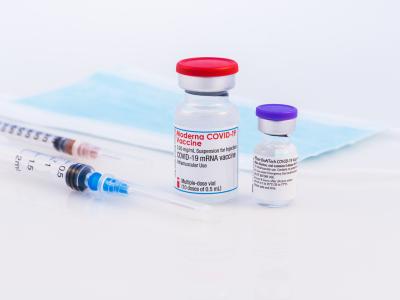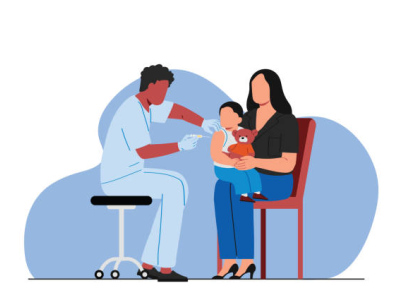Non-invasive contact with Ebola survivors 6 weeks after the virus has been cleared poses little risk for healthcare workers, though contact with semen, ocular humor, and cerebrospinal fluid requires Ebola-appropriate precautions, according to a study yesterday in The Lancet Infectious Diseases.
A cross-sectional cohort study evaluated 555 specimens from 112 Ebola survivors without fever seeking follow-up care at a clinic in Freetown, Sierra Leone, from Apr 2 to Jun 16, 2015. Almost one third of survivors (34, or 30%) were under the age of 16, and 50 (40%) were male.
Samples were obtained from the armpit (103 specimens), blood (93), conjunctiva (92), forehead (54), mouth (105), rectum (17), semen (1), urine (69), and vagina (21). The median time from Ebola treatment unit discharge to specimen collection was 142 days.
The lone semen sample was the only specimen to test positive for Ebola RNA, with a low viral cycle threshold of 35. The patient had been discharged for 114 days, the authors said.
The results support the theory that survivors pose a low infection risk to healthcare workers 42 days after the virus has been cleared. Standard barrier precautions can be used when treating these survivors, unless contact with fluids from "sanctuary sites" (the testes, eye, and central nervous system) is expected, in which case Ebola-appropriate protective equipment should be used, the authors said.
"Sanctuary sites" are regions of the body protected from immune-system response.
More 'sanctuary site' studies needed
In a commentary yesterday in The Lancet Infectious Diseases, Robert Fowler, MD, MDCM, MSc, from Sunnybrook Health Sciences Centre in Toronto, Shamistha Mishra, MD, PhD, MSc, from the University of Toronto Department of Medicine, and Adrienne K. Chan, MD, MPH, from Dignitas International, advocated for more studies of Ebola viral persistence in sanctuary sites.
The experts detailed limitations with the cohort study, notably that the researchers did not use viral culture to distinguish between viral RNA and live Ebola virus and the fact that only one participant consented to provide a semen sample. The latter issue may indicate that future studies need to mitigate stigma in order to determine the duration and infectivity of virus in sanctuary sites.
"Ebola virus disease survivors, and those who died, deserve this scientific respect," the three authors said.
See also:
May 16 Lancet Infect Dis study
May 16 Lancet Infect Dis commentary



















